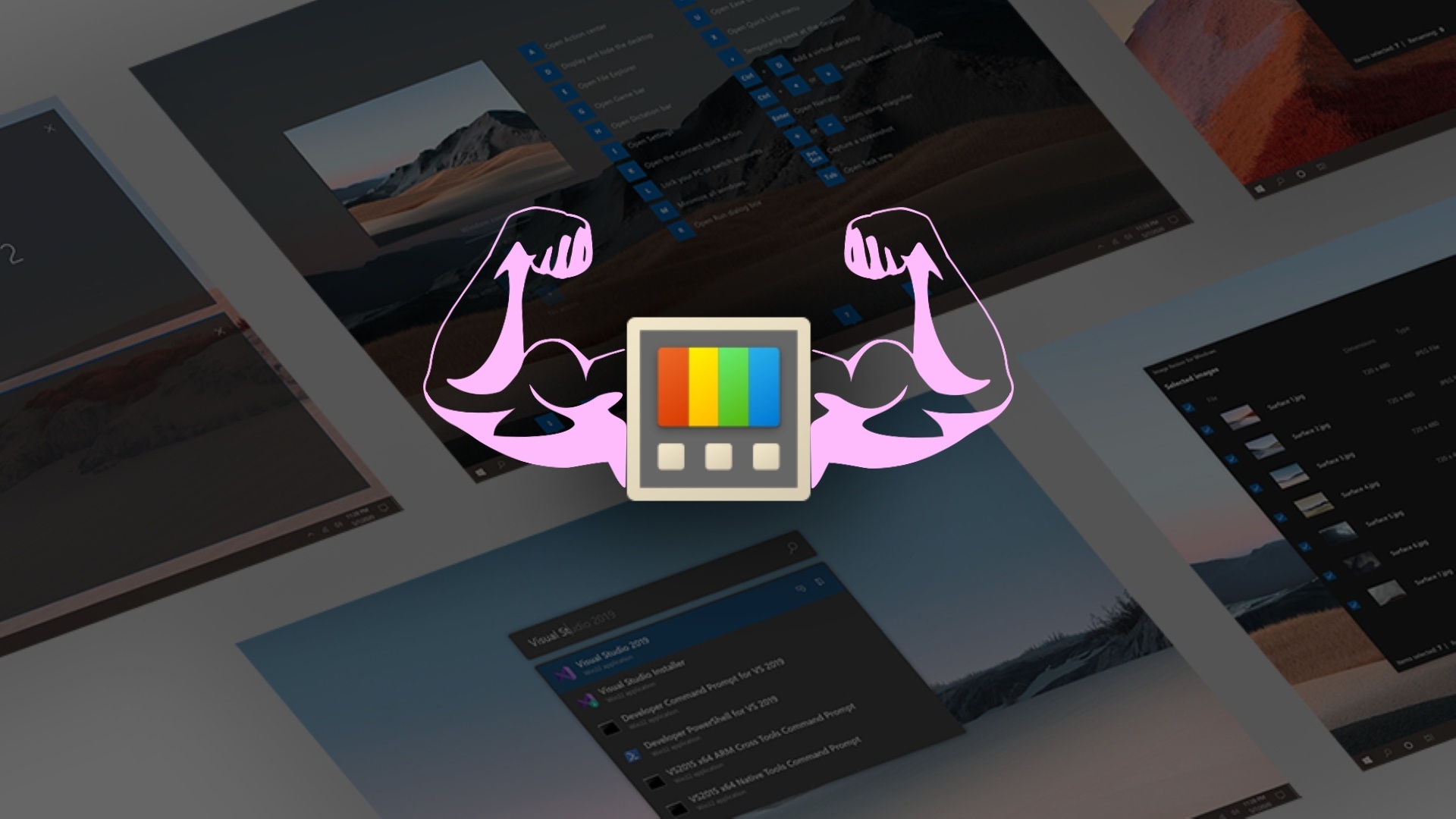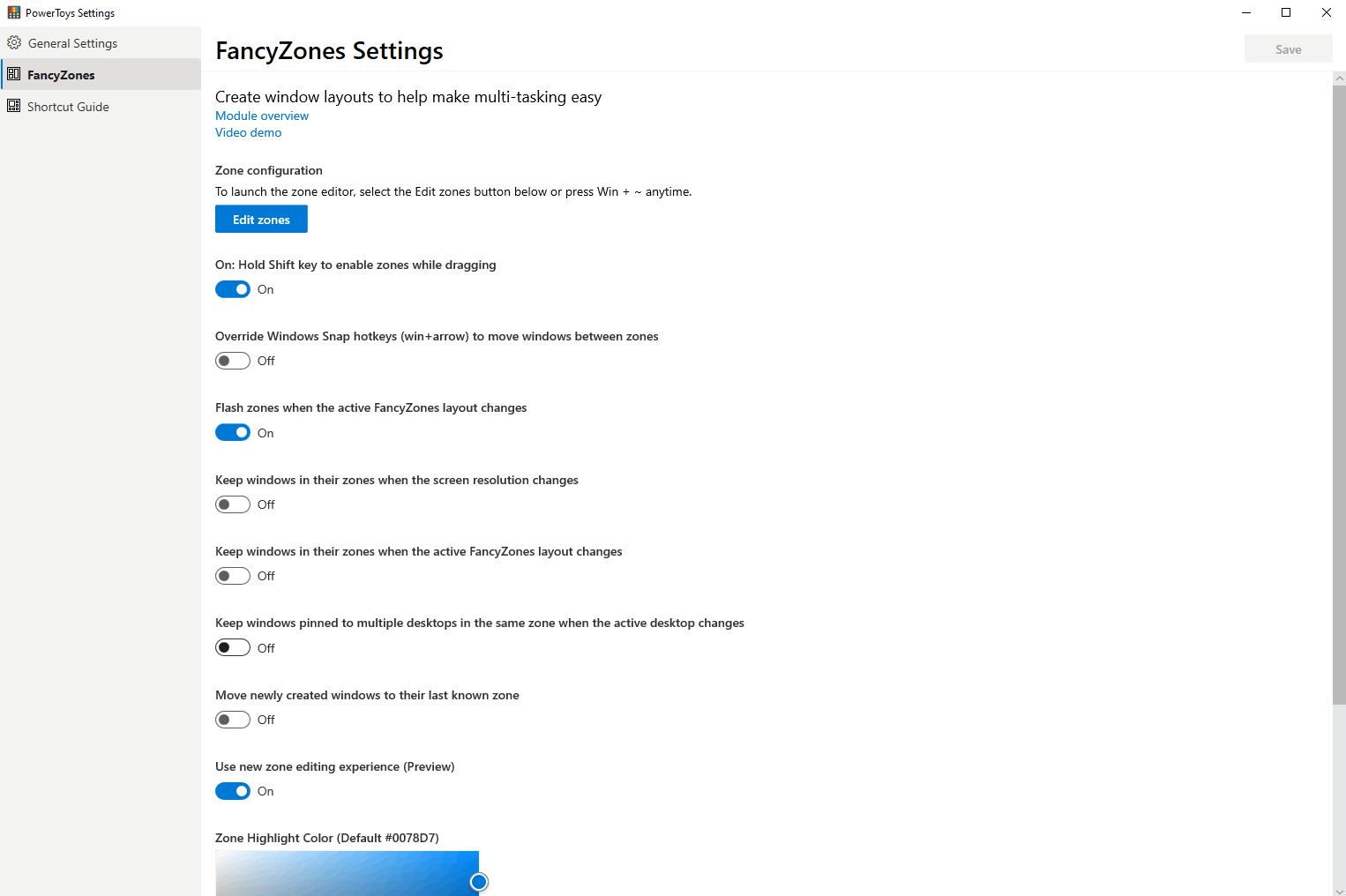

(Example: %systemroot%\sysvol\domain\policies\PolicyDefinitions) Copy the "PowerToys.admx" file to the PolicyDefinition folder.For more information, see How to create and manage the Central Store for Group Policy Administrative Templates in Windows.

For older versions of Windows Server, you might need to create the PolicyDefinition folder.
On a domain controller or workstation with RSAT, go to the PolicyDefinition folder (also known as the Central Store) on any domain controller for your domain. (Example: C:\Windows\PolicyDefinitions\en-US)Īdd the administrative template to Active Directory Copy the "PowerToys.adml" file to the matching language folder in your Policy Definition folder. Copy the "PowerToys.admx" file to your Policy Definition template folder. To install the PowerToys group policy follow these steps: Add the administrative template to an individual computer How to installĪ Group Policy Object is a virtual collection of policy settings with a unique name, such as a GUID, and represent policy settings in the file system and in the Active Directory. It is an open-source solution powered by Microsoft.Since version 0.64, PowerToys is released on GitHub with GroupPolicyObject files. To cycle between different windows snapped in the same zone, use Win+PgUp/PgDn. If you want to expand a window to multiple zones, you can use Win+Ctrl+Alt+, but you must first set Override Windows Snap to Enabled in the FancyZones settings and select Move windows based on: Relative position. Repeat the process with the other windows until you're satisfied. Go to a window you want to add to the current layout, press the Shift key, and drag the window by its title bar into one of the zones to make it fit into place. If you want to tweak a layout, click the pencil icon for this layout and edit the number of zones, the highlight distance, the space around zones, and the zone positions. When you're done, close or minimize the Layout Editor. To activate a given layout, double-click on it. If you reduce the size of the Editor and click on a layout, you will see the currently selected layout displayed behind. Open the Layout Editor, and either select the layout you want to use or create a new one. You can modify the activation shortcut (by default, it is Windows key+Shift+F), launch the layout Editor, and tweak settings related to zones. Next, select the entry for FancyZones and ensure it is enabled. Once you have installed the PowerToys EXE file we provide, you can open the PowerToys Settings window by double-clicking its System Tray icon. 
© PowerToys FancyZones How to use PowerToys FancyZones?







 0 kommentar(er)
0 kommentar(er)
